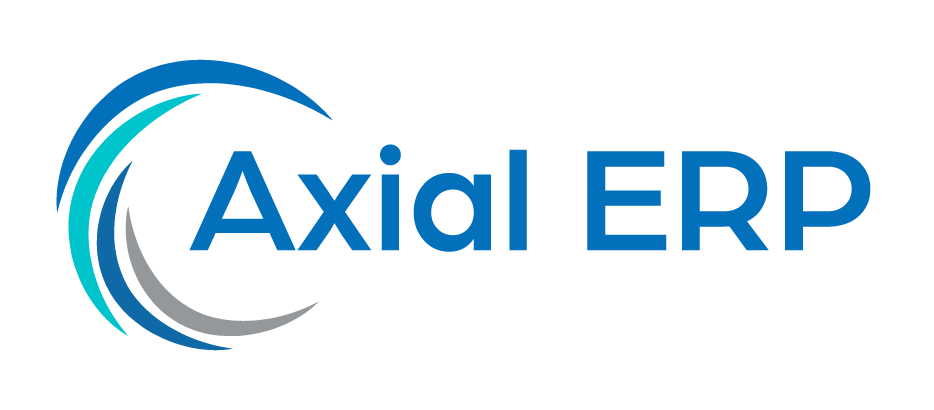Ultimate Guide to Optimizing Back-Office Operations with an ERP
In today’s business world, operational efficiency is a fundamental pillar for success and sustainable growth. Back-office operations, which include areas such as finance, human resources, and inventory management, are essential for the smooth running of any company. However, these operations can be complex and consume valuable resources if not managed properly. This is where an Enterprise Resource Planning (ERP) system comes into play, a powerful tool for optimizing business processes.
What is an ERP and How Does it Work?
An ERP is a software that integrates and automates the core business processes of an organization, allowing for a unified management of back-office operations. These systems are characterized by their ability to centralize data, facilitate decision-making based on up-to-date information, and improve collaboration between different departments.
Key Benefits of an ERP
- Integration of data and business processes
- Automation of repetitive tasks
- Real-time information for decision-making
- Improved interdepartmental collaboration
- Reduction of errors and duplications
- Resource optimization and cost reduction
Implementation of an ERP for Back-Office Optimization
The implementation of an ERP is a process that requires planning and strategy. It is not just about installing software, but about adapting business processes to the new tools and capabilities offered by the system. To do this, it is essential to follow a series of steps and considerations.
Steps for ERP Implementation
- Evaluation of needs and business objectives
- Selection of the appropriate ERP software
- Detailed planning of the implementation project
- Configuration and customization of the ERP
- User training and ongoing support
- Monitoring and post-implementation adjustments
Best Practices for Managing Back-Office Operations with ERP
Once the ERP is implemented, it is crucial to adopt best practices to maximize its effectiveness in managing back-office operations. These practices include process standardization, the use of analysis and reports for continuous improvement, and constant system updates to adapt to changes in the business or industry.
Strategies to Maximize the Value of an ERP
- Centralization of business information
- Standardization of operational processes
- Automation and improvement of workflows
- Use of data analysis for strategic decisions
- Ongoing training and development of staff skills
Challenges and Solutions in ERP Implementation
Despite its benefits, the implementation of an ERP can present challenges such as resistance to change from employees, the complexity of data migration, and the need for detailed customization. To overcome these obstacles, it is important to have a dedicated project team, effective communication, and a focus on organizational change management.
Overcoming Obstacles in ERP Implementation
- Change management and effective communication
- Focus on user training and support
- Detailed planning and risk management
- Commitment and support from top management
In conclusion, an ERP system is a valuable tool for optimizing back-office operations. Its implementation and proper use can lead a company to new levels of efficiency and competitiveness. However, it is a process that requires commitment, planning, and a strategic approach to ensure long-term success.



